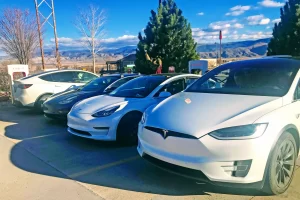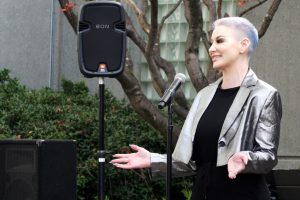Tesla has huge competitive advantages over other automakers in the US. Below are what I consider to be Tesla’s 5 biggest advantages over the competition.
1) Tesla’s Battery Supply Chain: Tesla currently produces 4 all-electric vehicles — the Tesla Models S, X, 3, and Y, all of which require significant battery capacity. Tesla broke ground on its first battery “Gigafactory” in June 2014 outside Sparks, Nevada. Tesla currently produces more batteries in terms of kWh than all other carmakers combined. With the Gigafactory ramping up production and more coming online in time, Tesla’s cost of battery cells continues to decline through economies of scale, innovative manufacturing, reduction of waste, and the simple optimization of locating most manufacturing processes under one roof.
Tesla’s battery supply chain is a big part of Tesla’s business advantage, as its batteries are generally considered to be better than the competition’s. Why? To some degree, it is the quality of battery partner Panasonic’s cells. Add to that Tesla’s continual improvement of the packs and the battery chemistry.
Tesla’s batteries extend beyond its all-electric cars and into the home and large grid applications. The Tesla Powerwall 2 is a DC energy storage system with a usable capacity of 13.5 kilowatt-hours per Powerwall. The Tesla Powerwall 2 is one of the most advanced residential energy storage systems in the world. [See Kyle Field’s article on everything you need to know about the Powerwall 2 for more details.]
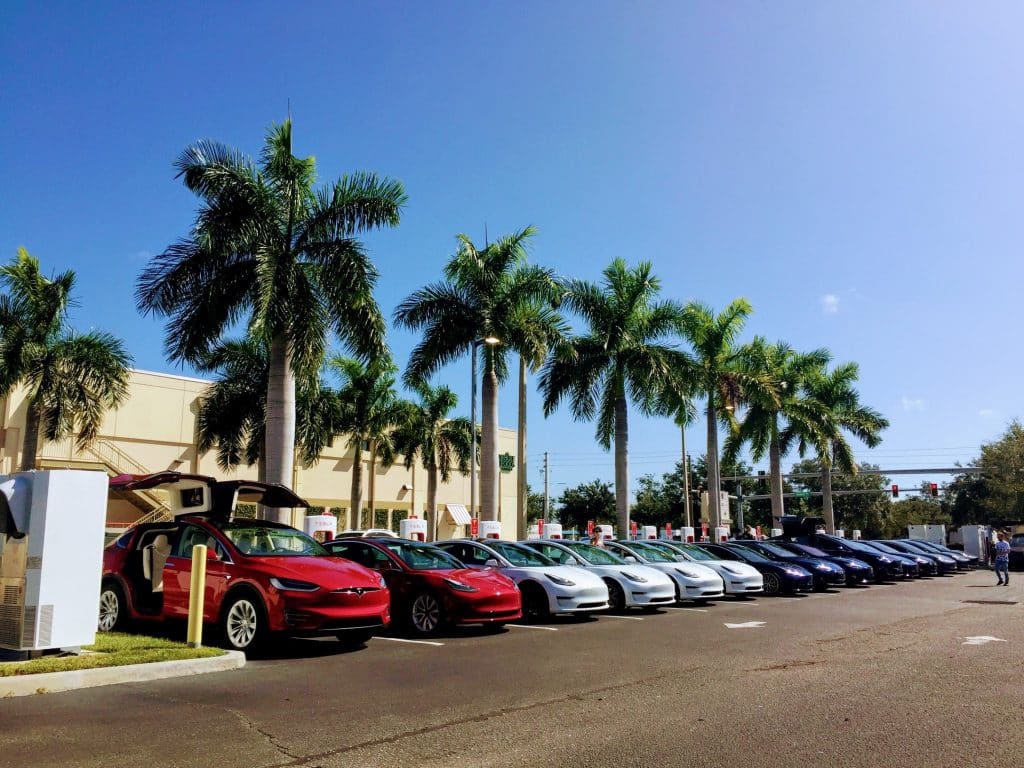
2) Tesla’s Supercharger Network: Tesla’s proprietary superfast-charging stations create efficient recharging opportunities for Tesla’s electric vehicle drivers. Tesla’s current fleet of Superchargers range in power from 72 kW for Tesla’s Urban Superchargers up to 250 kW for the newest Superchargers being installed around the world. Once rolled right into the price of Tesla’s cars, the Supercharger Network is now a pay-as-you-go system. The biggest benefits of the Supercharger network, so far completely unmatched, are how widespread and well integrated the network is for road trips and how easy Supercharging is for Tesla drivers.
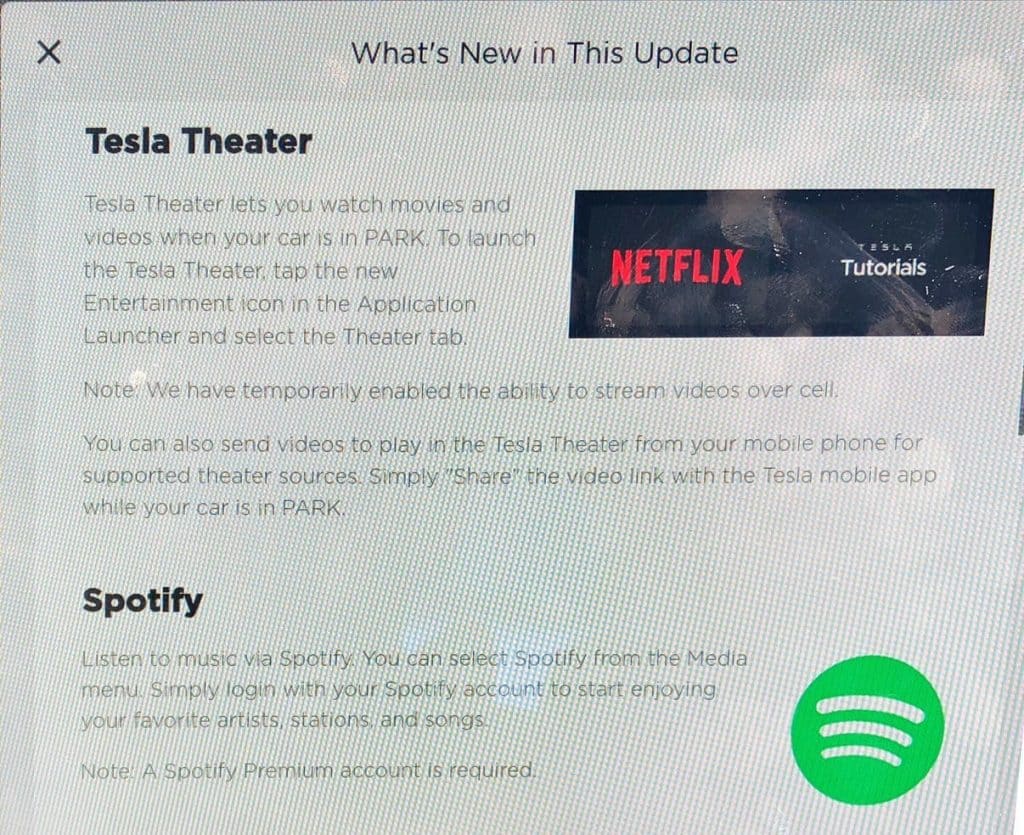
3) Tesla’s Software Updates: Over-the-air updates — just like the ones we get on our smartphones, tablets, and computers — continuously improve Tesla’s all-electric vehicles. Updates come fairly frequently. In just the latest update from late June 2020, Tesla provided 7 new software updates: improved traffic light and stop sign control, backup camera improvements, dashcam viewer improvements, walkaway door lock improvements, TuneIn improvements, new language support, and cabin camera.
4) Tesla’s Branding: Tesla has developed a reputation for producing superb products. The Tesla Roadster transformed the image of all-electric cars from small, slow vehicles to amazingly fast vehicles of desire. Tesla has built on the appeal in model after model. No other company has an electric car on the market that comes close to the performance/price ratio of the Tesla Model 3 and its in-house permanent magnet synchronous reluctance motor. Tesla sold almost three times more units of the Model 3 than the second best selling electric car in the world got in 2019.
The Tesla’s Model S sedan has won nearly every big auto award, setting the stage for the Model 3 and other subsequent models, and it has a 0 to 60 mph acceleration, not to mention 0 to 30 mph acceleration, that even beats the quickest supercars.
Tesla provides its customers with exceptional products and good service. While other automakers bemoan all-electric transportation, Tesla has created one of the strongest brands in the world (among all sectors), creating allure for electric cars like many didn’t think possible.
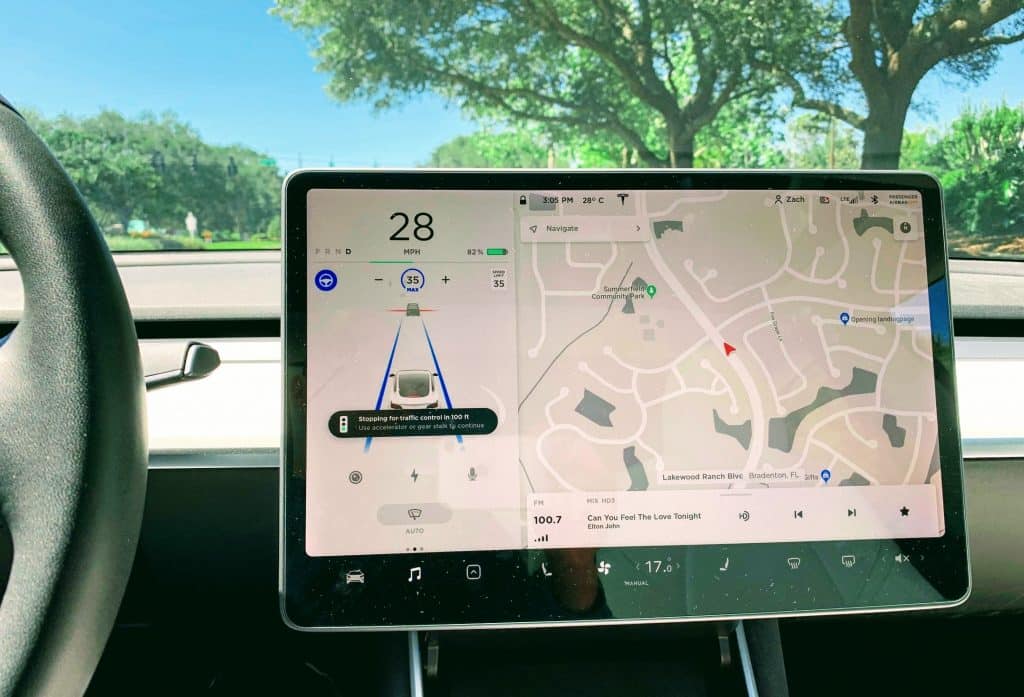
5) Tesla AI: Tesla’s autonomous driving capacity, offered at its highest level in the “Full Self Driving” package, is getting better quarter after quarter, with more autonomous features regularly added. Tesla AI analyzes countless images from Tesla owners’ cars while they drive around and uses them to train the autonomous-driver neural nets Tesla keeps developing for its vehicles’ Autopilot/Full Self Driving features. Tesla is now rewriting its software for these features in order to get more out of the hardware. Extrapolating flat 2D video images out into 3D leverages the massive computing power of Tesla’s third-generation hardware to build out a dynamic, geometric world that can then be used for navigation.
Original Publication by Carolyn Fortuna at CleanTechnica.
Want to buy a Tesla Model 3, Model Y, Model S, or Model X? Feel free to use my referral code to get some free Supercharging miles with your purchase: http://ts.la/guanyu3423
You can also get a $100 discount on Tesla Solar with that code. No pressure.


